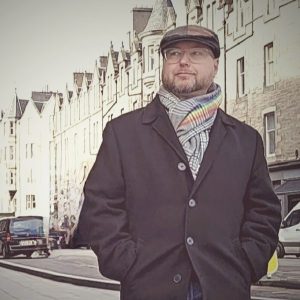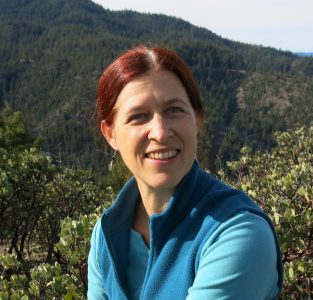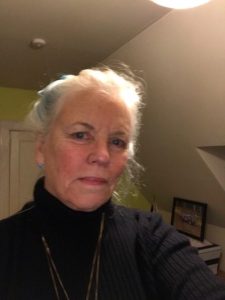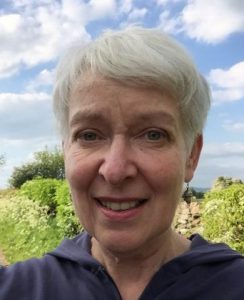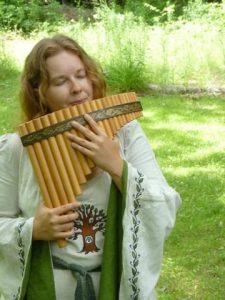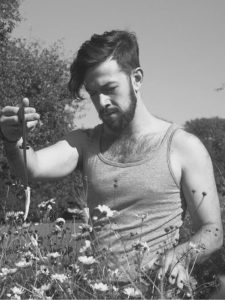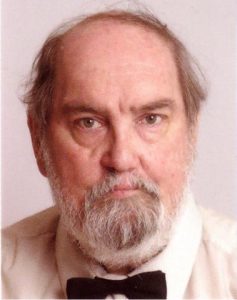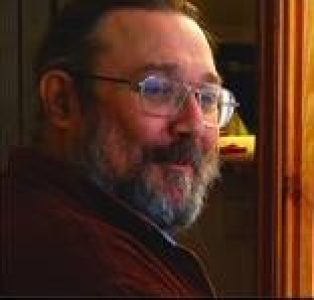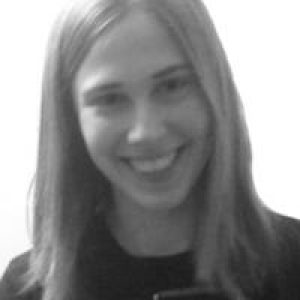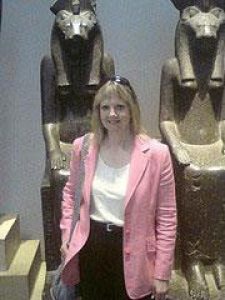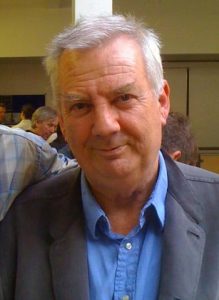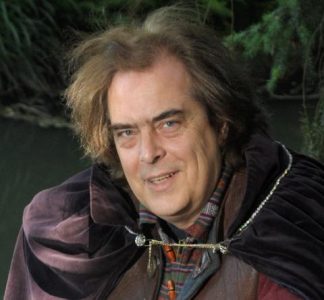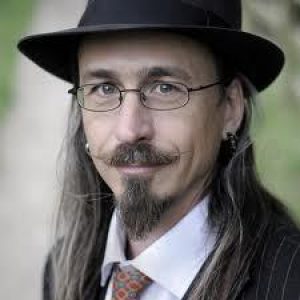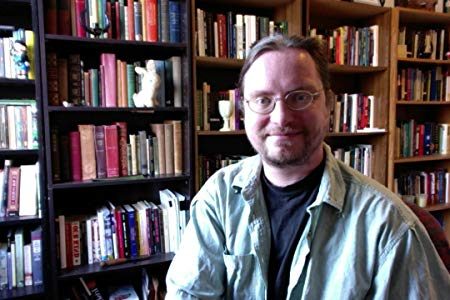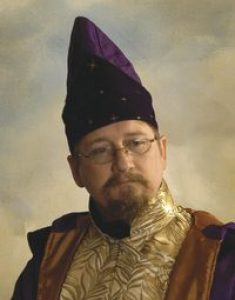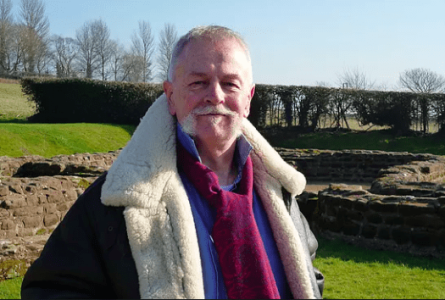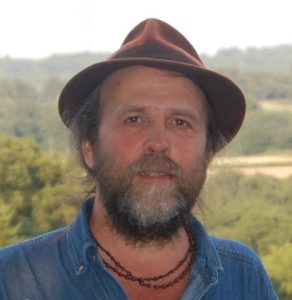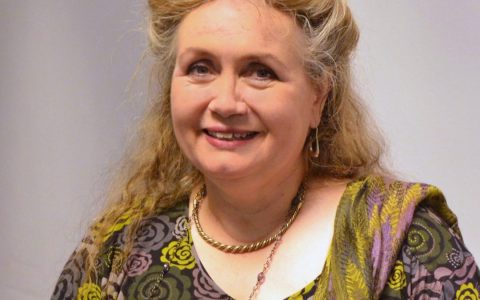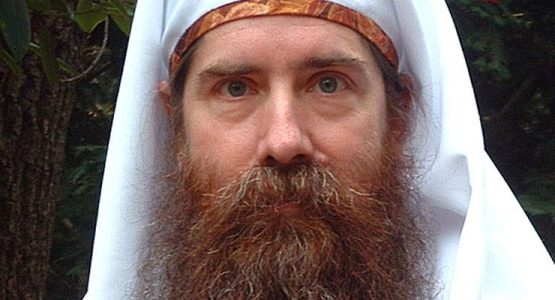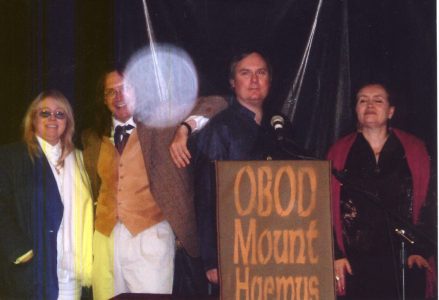- Mount Haemus Lectures
Megalithic sites in Ireland have a profound effect on many people drawing them in with a sense of wonder and curiosity Some are interested in these structures from a historical or scientific perspective while others view them as sacred and make pilgrimages to them Paul M White s study aims...
- Mount Haemus Lectures
Though a sizable body of literature has survived the aeons since the first Bards regaled us with tales of heroes and gods it s also sadly apparent that many of these grand narratives are now lost with only the faintest fragments for us to gather And of these lost sagas...
- Mount Haemus Lectures
Druidry as a contemporary nature based new religious movement has been growing and 2 spreading rapidly since the early 1990s Druids now reside in 34 countries across six continents and inhabit 17 unique biomes in addition to the mistletoe and oak filled temperate forests depicted in history and fantasy As...
- Mount Haemus Lectures
In the re telling of three feminist folk tales or kitchen table myths that foreground the problem solving abilities of intrepid female protagonists LaFrance highlights how 1 a Druidic reverence for the natural world echoes the lessons of consent culture 2 Druidic work models an ethics of care central to...
- Mount Haemus Lectures
RoMa Johnson a Druid scholar sets out to build bridges between Druidism and Christianity describing these different approaches as hailing from the Well and the Chapel Her radical exposition of communion between the two addresses the intimacy and the visceral nature and fierce and tender love that is ever present...
- Mount Haemus Lectures
Dr Susan Jones MBA has a professional background in science higher education business and government alongside 30 years psycho spiritual involvement including 17 years as OBOD s Mentor Co ordinator Most that is written about Druidry by academics commentators and leaders focuses on what Druids believe and do what they...
- Mount Haemus Lectures
Dr Dana Driscoll Associate Professor of English Indiana University of Pennsylvania US has long explored how people learn to write and develop as writers over time In this study she applies learning theory to explore bardic creative practices in the modern druid revival movement Through a survey of 266 druids...
- Mount Haemus Lectures
Jonathan Woolley a PhD student at the University of Cambridge is part of a research project studying the relationships between people and the environment funded by the Arts and Humanities Research Council His work with contemporary Druids explores the spiritual landscape they inhabit and follows the political and social agency...
- Mount Haemus Lectures
The ogam alphabet is important in Celtic history It is important in Druidic tradition But the ogam alphabet that is important in Celtic history is not at all the same thing as the ogam alphabet in Druidry This dichotomy represents an excellent example of just how different history and tradition...
- Mount Haemus Lectures
Ian Rees analyses and seeks to interpret the work of psychologist and Druid Graham Howe showing the centrality of the archetype of the Druid within it and comparing it to more recent therapeutic work drawing from Preiddeu Annwn and the Mabinogion Particular attention will be given to explaining and interpreting...
- Mount Haemus Lectures
Dr Julia Farley discusses the changing attitudes of twentieth century archaeologists studying the nature of ancient Druidry As archaeology emerged as a professional discipline its nature and character were shaped in part by its relationship to other ways of understanding the past These included traditional antiquarian approaches as well as...
- Mount Haemus Lectures
Dr Karen Ralls explains how Old Irish and Scottish Gaelic literature can offer us clues to the ways in which music and sound can enrich our spiritual practice From the beautiful enchanting music of the faery harp to the sacred singing of the choirs of angels Celtic literature has many...
- Mount Haemus Lectures
Kristoffer Hughes author of Natural Druidry is a writer teacher workshop leader and Head of the Anglesey Druid Order He is an Ovate of the Order of Bards Ovates Druids He is a native Welsh speaker born to a Welsh family in the mountains of Snowdonia in 1971 He is...
- Mount Haemus Lectures
Herbalist Julian Barker examines the relationship between human health and the seasons with particular reference to the neuroendocrine system and the significance of the solstices and equinoxes...
- Mount Haemus Lectures
Dr Thomas C Daffern is a philosopher historian and religious studies specialist He was awarded his PhD from the University of London for a thesis which explores the history of the search for peace and which proposes a new field of historiography Transpersonal History More recently he has developed the...
- Mount Haemus Lectures
Dr Andy Letcher looks at the way in which Druidry is currently undergoing a process of reflection and self examination Given that it professes to be a timely and necessary worldview to offer practical solutions to some of the world s problems why isn t it more widely recognised and...
- Mount Haemus Lectures
Dr Brendan Myers explores the way in which In Druidry both ancient and modern ethical ideas are presented not in the form of rules and laws nor in the form of a utilitarian calculus of benefits and harms but rather in the form of character values This way of thinking...
- Mount Haemus Lectures
Dr James Maertens Alferian explores the world of Faerie and its value for us today Elves and Faerie folk are alive and well in modern culture especially among the culture of magical folk and those pursuing a nature spirituality but also most obviously in children s literature Fictional representations of...
- Mount Haemus Lectures
Philip Carr Gomm is the author of a number of books on Druidry and here he explores Tippett s work in depth comparing the lives of Tippett and Ross Nichols and the relevance of his opera to modern Druidry and the Bardic training of the Order...
- Mount Haemus Lectures
Professor Roland Rotheram was the senior lecturer in Myths and Legends and Comparative Religious Studies for 12 years at the University of Staffordshire In this study he develops a new theory on the relationship between humans and animals in a shamanic and spiritual context exploring the symbolism of animal figures...
- Mount Haemus Lectures
Dr Adam Stout gaining his doctorate in Archaeology at Lampeter University has specialised in a study of George Watson Mac Gregor Reid the flamboyant and eccentric Chief of the Ancient Druid Order...
- Mount Haemus Lectures
Caitlin John Matthews have dedicated their lives to researching and presenting material on Celtic spirituality and Druidism They are the authors of numerous books and are past presiders of the Order and frequent speakers at Order events...
- Mount Haemus Lectures
John Michael Greer an established author who specialises in Western Magical traditions is researching again amongst a variety of topics the connections between contemporary Druidry and the Hermetic Order of the Golden Dawn...
- Mount Haemus Lectures
Gordon Cooper co founder of the Inis Glas Hedge School is researching amongst a variety of topics the relationship between modern Druidry and the Woodcraft movement...
